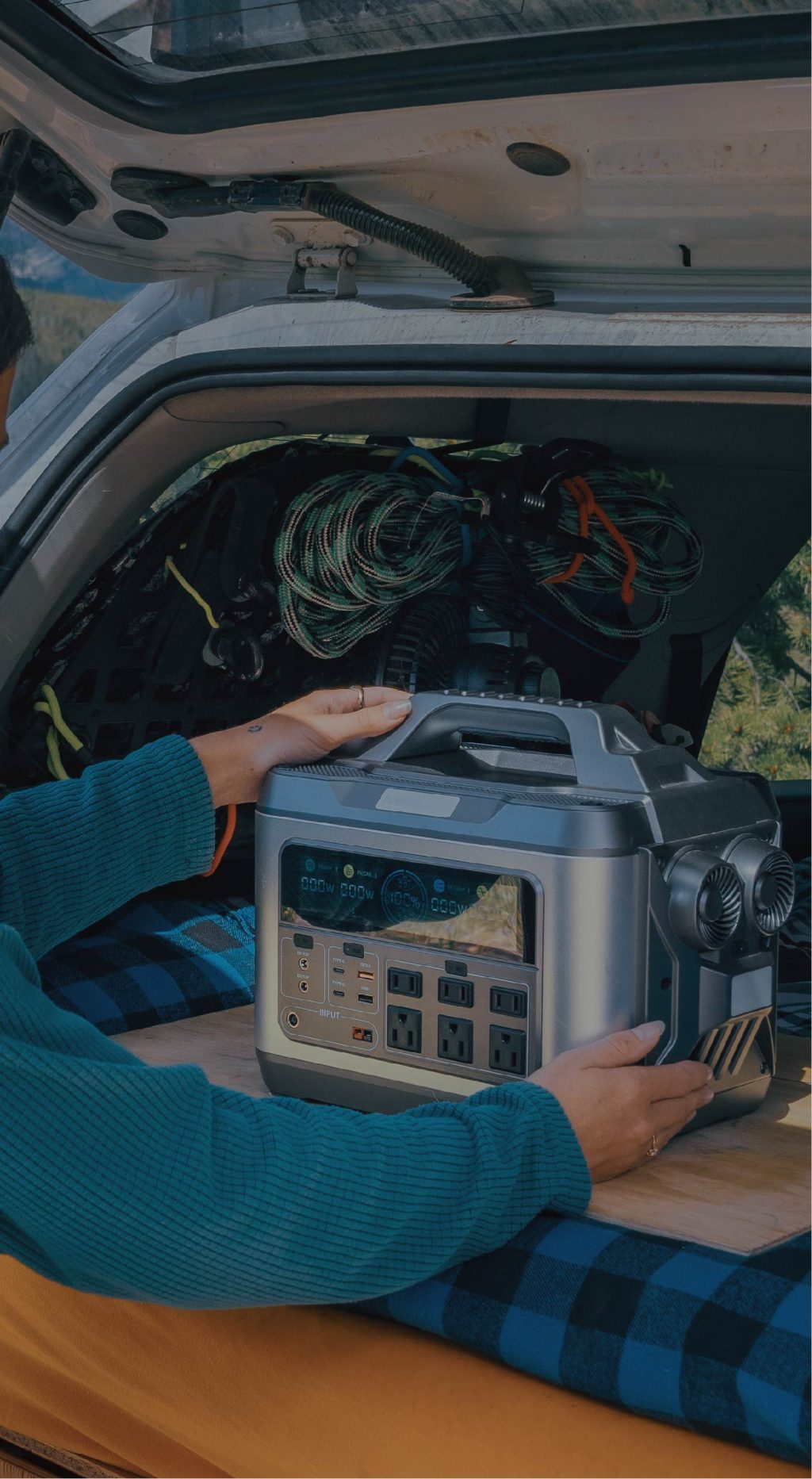

**Connecting a Generator to the Tesla Powerwall 2: Possibilities and Considerations**
As homeowners increasingly prioritize energy autonomy and robustness, the combination of solar energy systems with battery storage and backup generators has gained popularity. The Tesla Powerwall 2, a widely adopted home battery solution, often plays a crucial role in these arrangements. However, the integration of a generator with the Powerwall 2 is not as simple as it might appear. This article examines the practicality of connecting a generator to the Tesla Powerwall 2 and highlights essential considerations for homeowners and installers.
—
### Understanding the Tesla Powerwall 2
The Tesla Powerwall 2 is a lithium-ion battery designed for energy storage in residential settings. It is generally linked with a solar panel installation and overseen by Tesla’s energy management system, the Backup Gateway 2. The Powerwall is capable of delivering backup power during outages, minimizing dependence on the grid, and assisting in the management of variable electricity pricing.
Key attributes include:
– 13.5 kWh usable capacity
– 5 kW continuous power output (7 kW peak)
– AC-coupled architecture
– Smooth transition to backup power during grid failures
—
### Is It Possible to Connect a Generator to the Powerwall 2?
**Yes, but with constraints.** Tesla permits generator integration with the Powerwall 2, but only under certain criteria and configurations. The connection is not direct; instead, the generator must interface through the Tesla Backup Gateway 2, which governs the electricity flow between the grid, solar panels, Powerwall, and generator.
—
### Generator Integration Alternatives
There are two main approaches to connecting a generator with the Powerwall 2:
#### 1. **Manual Generator Integration (Recommended by Tesla)**
In this configuration, the generator is linked to a dedicated circuit or transfer switch that feeds into the Backup Gateway. When the grid fails and the Powerwall is drained, the homeowner can manually activate the generator to supply power to essential appliances.
**Advantages:**
– More straightforward and budget-friendly
– Circumvents compatibility dilemmas
– Configuration endorsed by Tesla
**Disadvantages:**
– Requires manual operation
– No automatic transfer or charging of Powerwall from generator
#### 2. **Automatic Generator Integration (Not Officially Endorsed)**
Some installers try to connect an automatic standby generator to the Powerwall system with third-party transfer switches or custom setups. However, Tesla does not officially support charging the Powerwall from a generator.
**Advantages:**
– Hands-free functionality
– Possibility of seamless backup
**Disadvantages:**
– Potential for damage to the Powerwall or generator
– May void Tesla warranty
– Complicated installation and setup
– Tesla software might restrict charging from non-solar sources
—
### Important Considerations Before Connecting a Generator
#### 1. **Powerwall Charging Restrictions**
Tesla Powerwall 2 is engineered to charge using solar energy or grid power. It does not support charging from a generator. Attempting to do so could lead to system malfunctions or damage.
#### 2. **Generator Sizing and Compatibility**
The generator must be appropriately sized to accommodate the demands of essential appliances and any surge current. Pure sine wave output and consistent frequency are vital for compatibility with delicate electronics and the Tesla system.
#### 3. **Transfer Switch Requirements**
A transfer switch or interlock device is essential to safely separate the generator from the grid and prevent backfeeding. Tesla advises utilizing an external automatic or manual transfer switch that is not integrated with the Powerwall system.
#### 4. **Installation by Certified Professionals**
Given the complexities involved in integrating a generator with the Powerwall, Tesla highly recommends engaging certified installers. Improper installation can cause safety risks, equipment malfunction, and issues with warranty.
#### 5. **System Monitoring and Control**
Tesla’s mobile application and energy management system do not offer direct oversight or control of generator operations. Homeowners need to depend on separate controls for the generator.
—
### Best Practices for Integration
– **Engage a Tesla-certified installer** to ensure correct setup and compliance with local regulations.
– **Install a manual transfer switch** to separate generator power from the grid and Powerwall.
– **Avoid charging the Powerwall from the generator.** Utilize the generator solely for powering loads.
– **Ensure adequate ventilation and fuel storage** for generator safety.
– **Regularly test and maintain** the generator to ensure reliability during power outages.
—
### Conclusion
While integrating a generator with the Tesla Powerwall 2 is feasible, it necessitates meticulous planning and compliance with Tesla’s recommendations. The most reliable and endorsed approach is to implement a manual generator configuration that powers essential loads independently of the Powerwall. Directly charging the Powerwall from a generator is unsupported and could result in system complications.
For homeowners aiming for a dependable and resilient energy system, merging solar arrays, Powerwall, and a suitably configured generator can provide reassurance during prolonged outages—assuming the integration is executed correctly and expertly.






